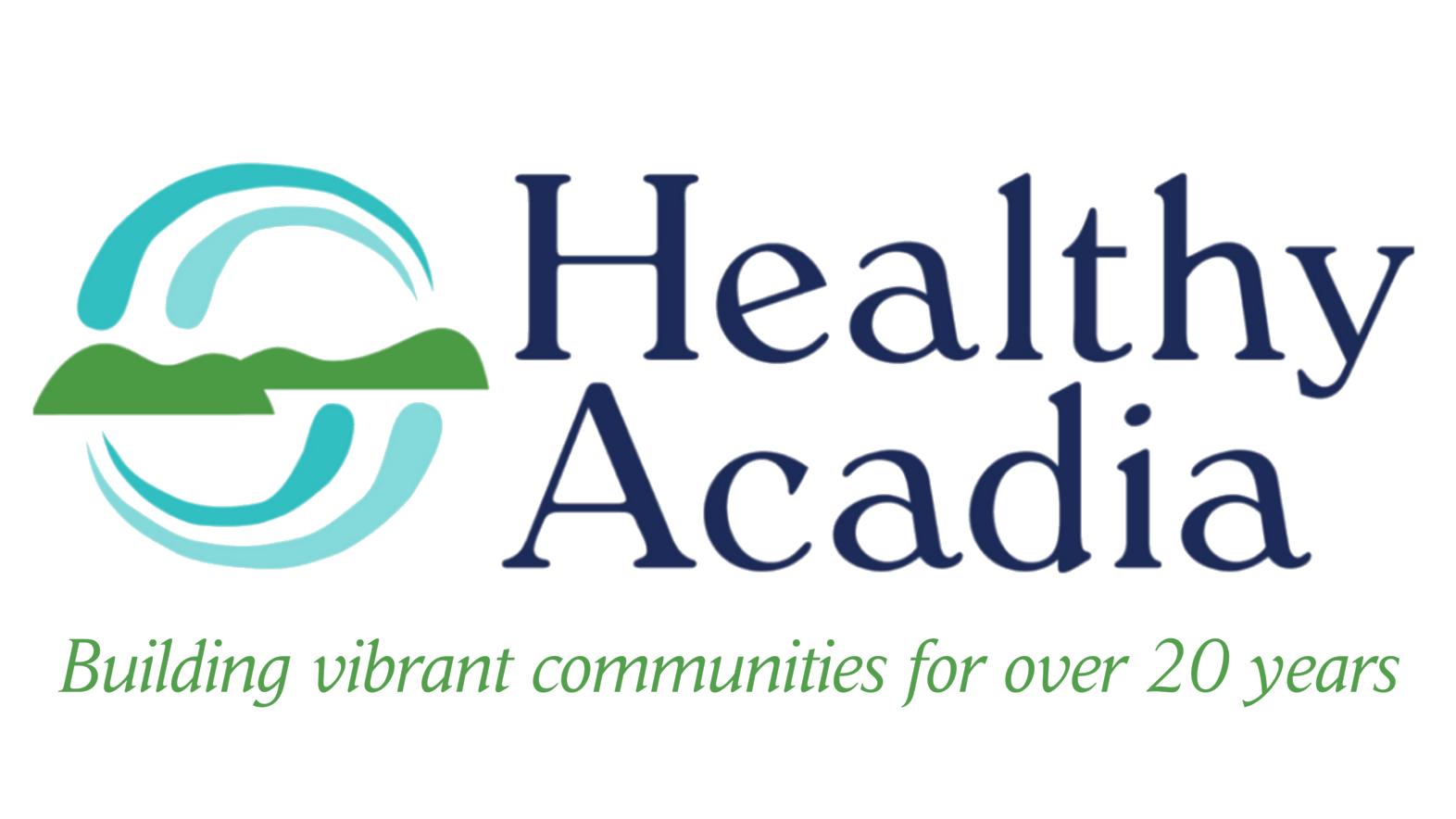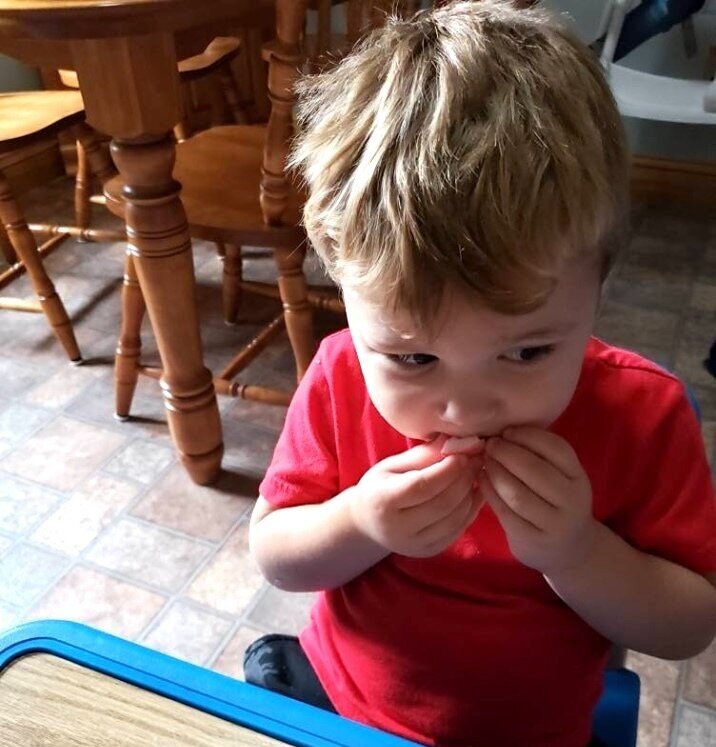Lead Poisoning Prevention
Lead poisoning is considered the top preventable environmental disease among young children. Lead is a toxin that can be especially harmful to children under the age of 6. Before the risk to young children was known, lead was used in many products, including paint. Paint manufactured after 1978 no longer contains lead, but older houses often still contain old lead paint.
In Maine, lead dust from old paint is the most common cause of childhood lead poisoning. Lead dust collects on floors and other surfaces where children crawl and play with toys. When children, especially those under 3, put their hands and toys into their mouths, the lead dust gets into their bodies.
Lead can have very serious and permanent effects on children’s growth and development, including:
Learning disabilities
Behavioral problems
Hearing damage
Language or speech delays
Aggressive patterns of behavior
Healthy Acadia encourages community members to assess your risks of lead exposure. If you reside in a home built before 1978, you could be exposing your children to dust from lead paint. The State of Maine now requires pediatricians and/or primary health providers to test all children at age 1 year and again at age 2 years. The simple blood test measures the level of lead in the blood and can help prevent permanent damage to a child's brain and nervous system.
Click here to learn more about childhood lead poisoning risks and prevention.
Healthy Acadia and the Maine CDC Lead Poisoning Prevention Program work to raise awareness about how to prevent lead poisoning. It is critical to test your home, test your child, and learn how to prevent lead poisoning’s serious health effects.
For more information and resources to help prevent childhood lead poisoning, contact Maria Donahue at maria@healthyacadia.org.

